Why tarot is trending again
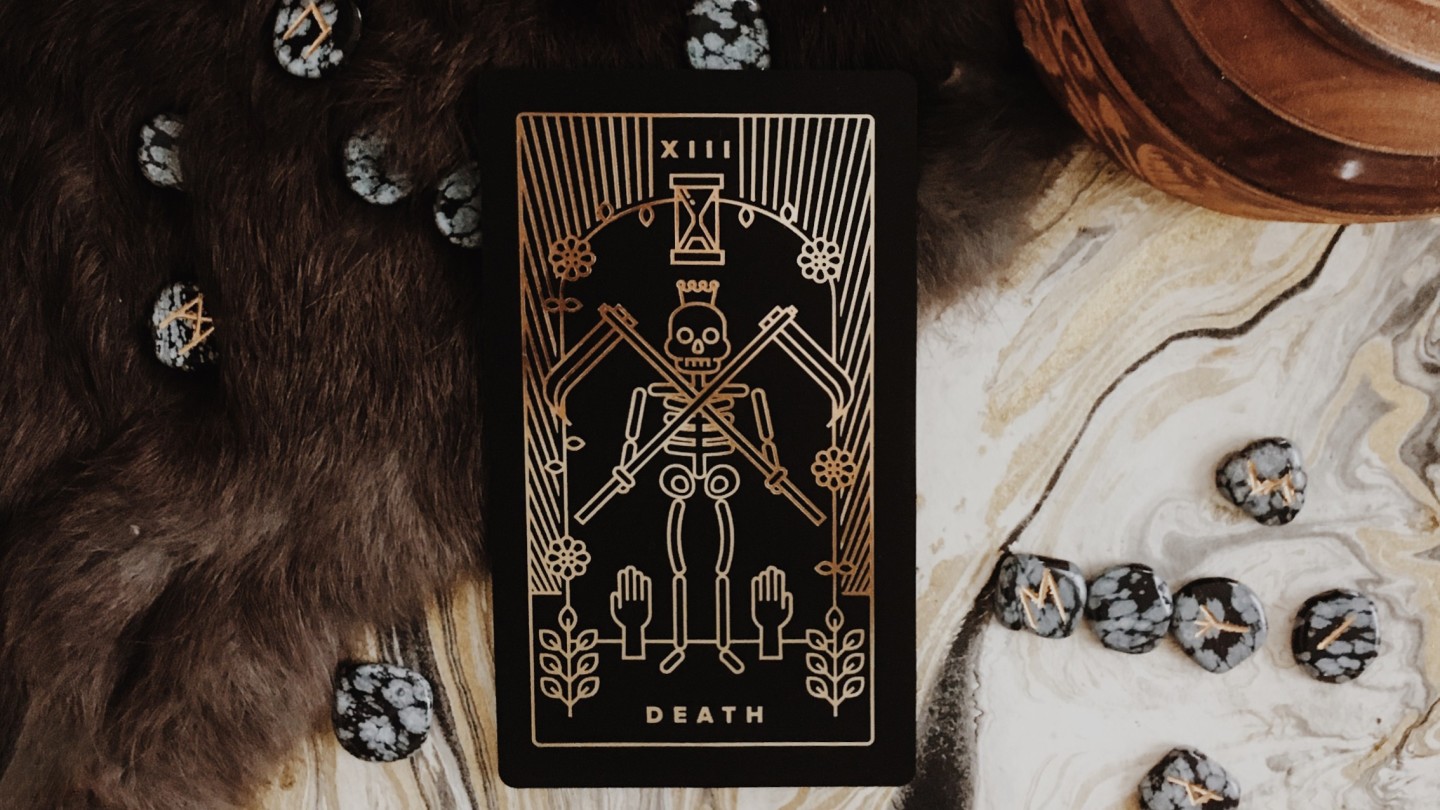
Simply sign up to the Life & Arts myFT Digest -- delivered directly to your inbox.
The 17th-century Tuscan palazzo of Sammezzano, with its ornate Moorish Revival flourishes, was a fitting location for Dior to showcase its latest couture collection – a whimsical fairytale of brocade and chiffon intricately embellished with celestial motifs. Captured in an atmospheric 15-minute film by director Matteo Garrone, Le Château du Tarot cast models as the characters from a deck of tarot cards – from The Magician and The Fool to The Hanged Man and Death.
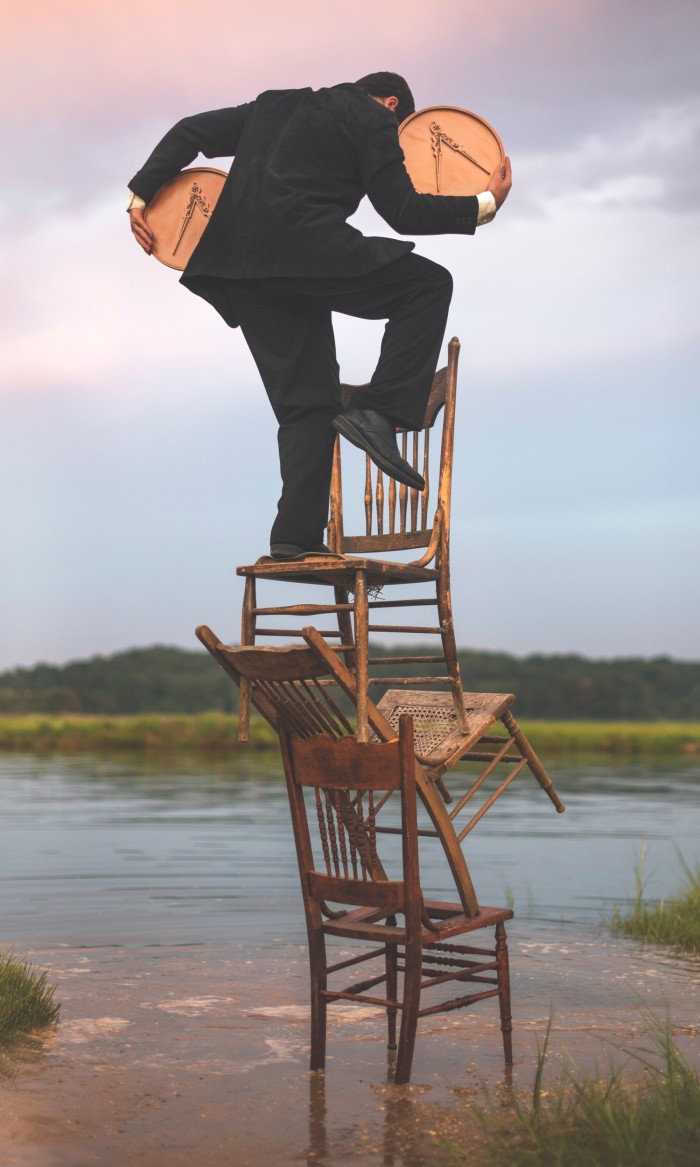
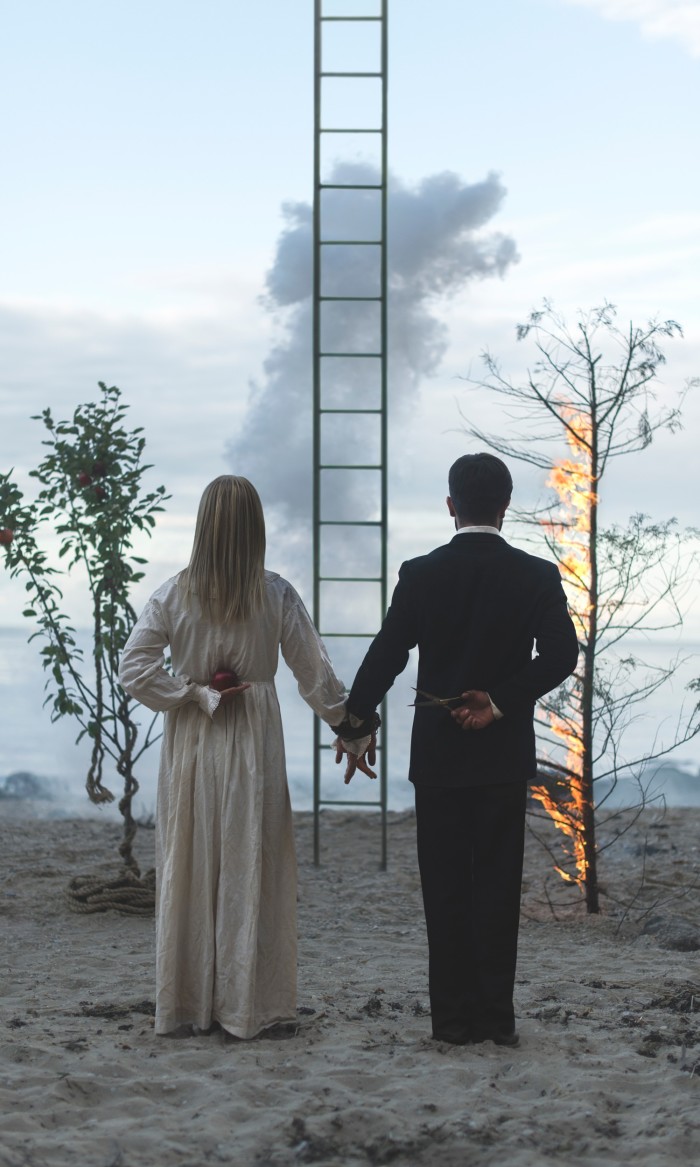
Dior’s creative director, Maria Grazia Chiuri, has been bringing tarot’s rich allegorical imagery into her designs since she joined the house in 2016, with ethereal gowns and even Dior Maison dinner plates (£650 for four) referencing the “superstitions” of Christian Dior – who would have his cards read before each show. But beyond fashion, imagery from the tarot is popping up all over the world, across a variety of media: from a weighty Taschen book on the subject and New York-based photographer Nicolas Bruno’s filmic reinterpretation of the deck, Somnia Tarot, to the tarot-reading art installation by Guangzhou-based twin-sister duo Huang Shan and Huang He (on view at the Asia Society Triennial in New York until 27 June).
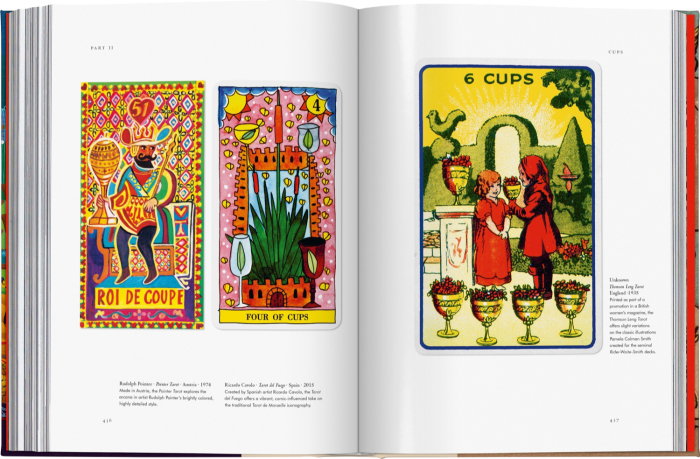
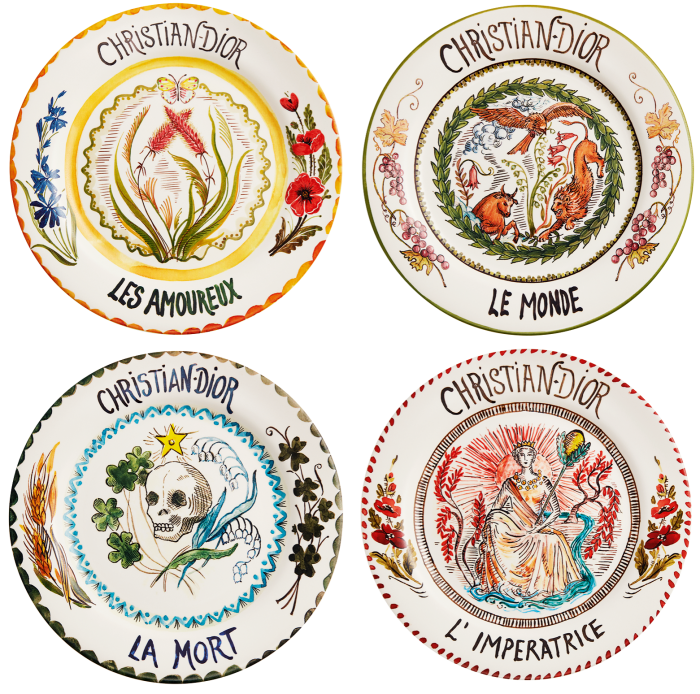
At US Games Systems, a leading publisher of tarot and inspirational decks since 1968, business has been booming. “Sales of our decks have been steadily increasing over the past few years,” says Lynn Araujo, editorial and communications director. “The rise has been even more dramatic during the pandemic. We’ve had to double many of our print runs because they sell out so fast.” The appeal, says Araujo, is that “tarot and oracle decks are readily available tools for making sense of our changing lives and gaining new perspectives. It’s become more mainstream. Reading the cards is no longer considered occult.”
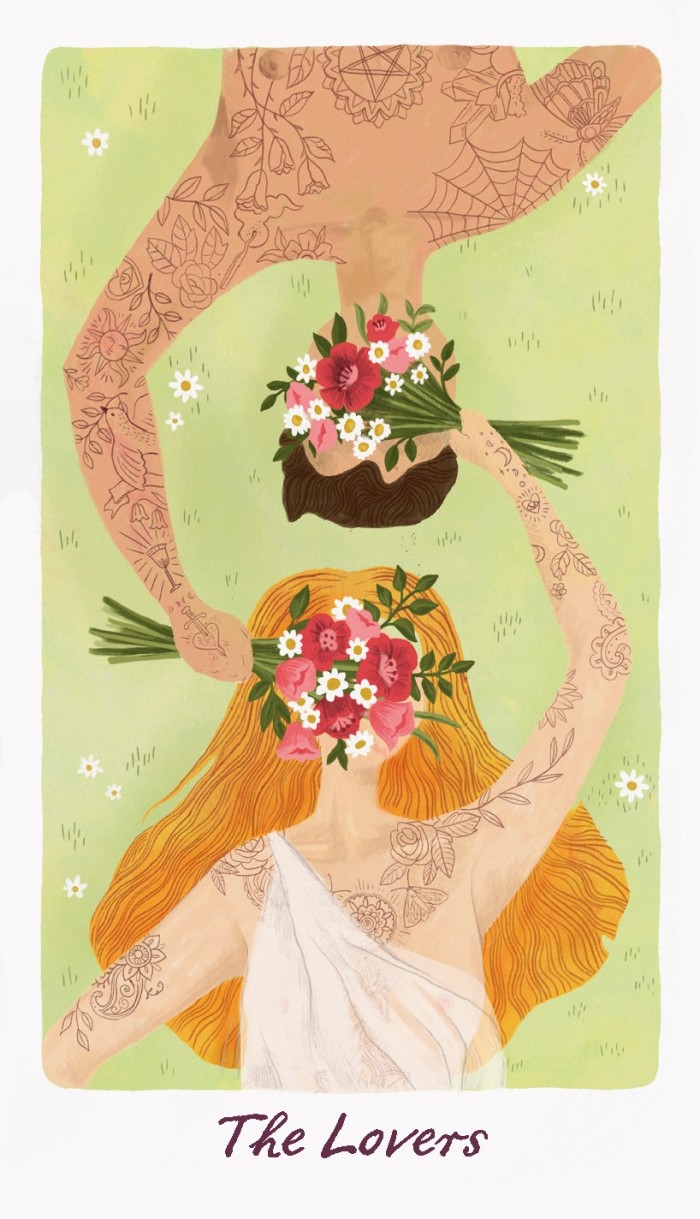
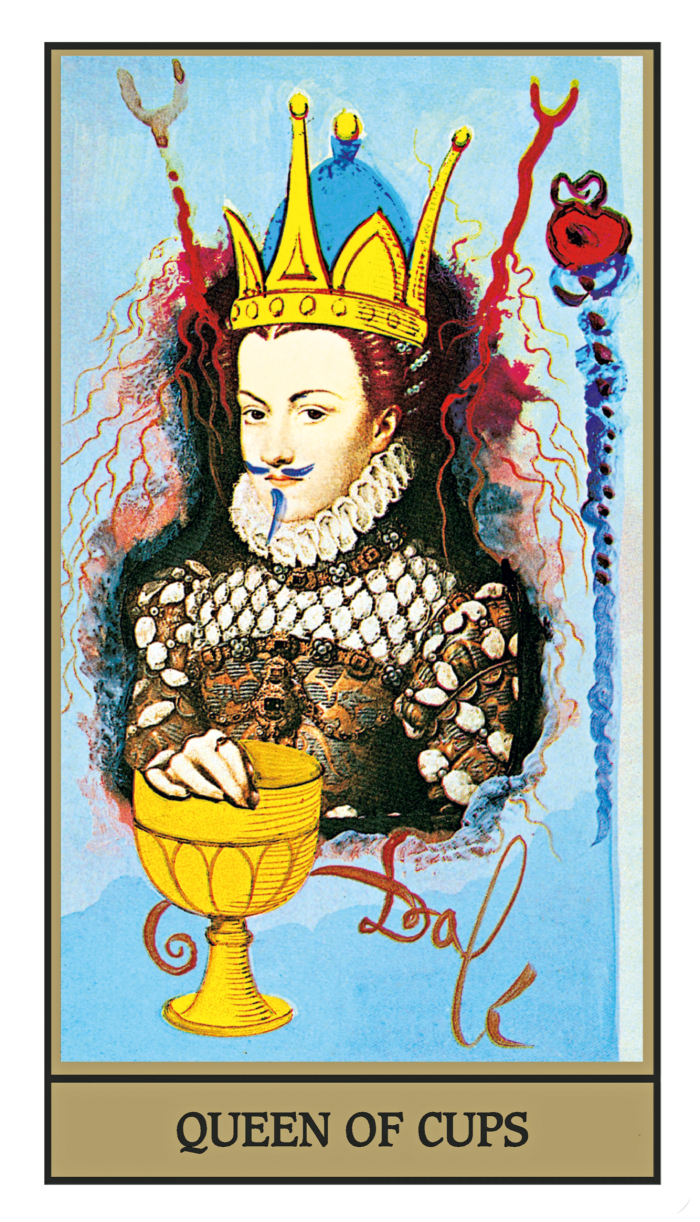
For clairvoyant Jayne Wallace, whose clients include actress Leslie Mann, Kim Kardashian West and artist Tracey Emin, running her business Psychic Sisters from London department store Selfridges positions her within a setting that lends readings “credibility”. Most recently, of course, one-on-one sessions (£120 for 30 minutes) have been remote, but what her clients are looking for remains the same. “I would call it a ‘connection with spirit’,” says Wallace.
New York-based entrepreneur Tina Gong is part of a new wave of enthusiasts that sees the cards primarily as a mindfulness tool. “We don’t believe in divination,” she states on her website, Labyrinthos, where she sells her self-designed decks (from $38). “The cards see, acknowledge and reflect all parts of you. Knowing and accepting yourself, your limitations and your biases, your strengths and weaknesses, empowers you to live in harmony with yourself and others.” In 2016, she launched an app that offers readings and tarot lessons; interest has surged in the past year, with users up 178 per cent.
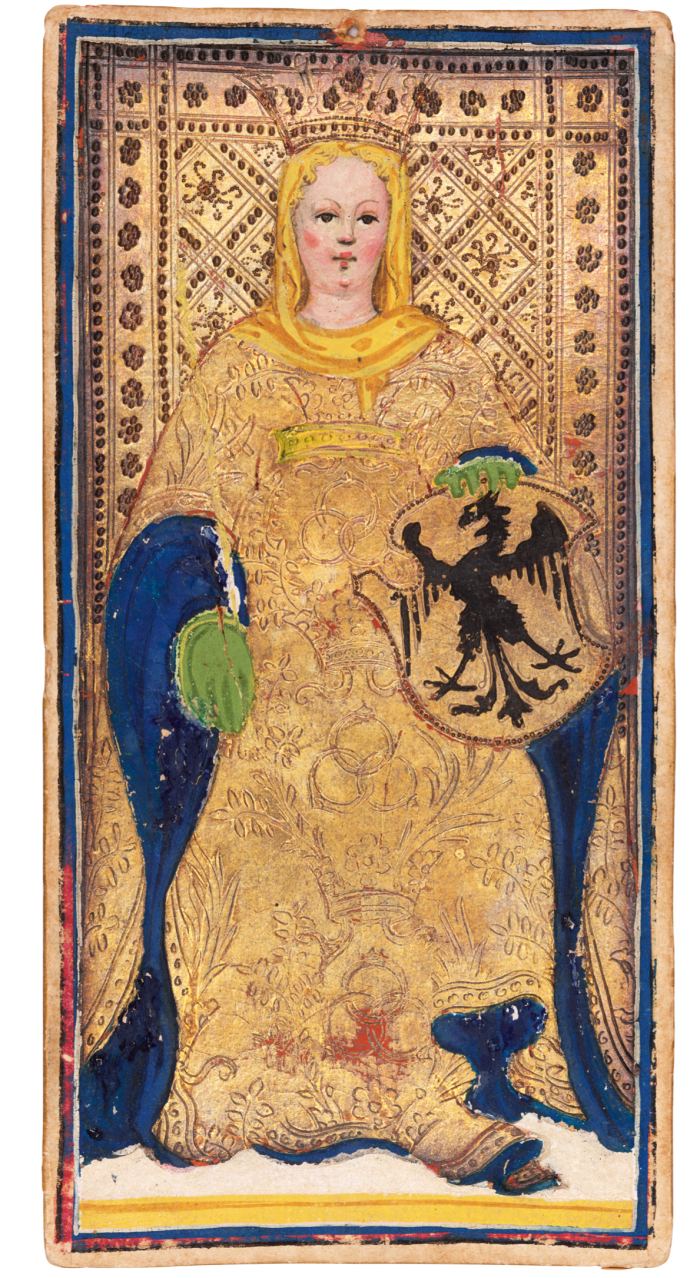
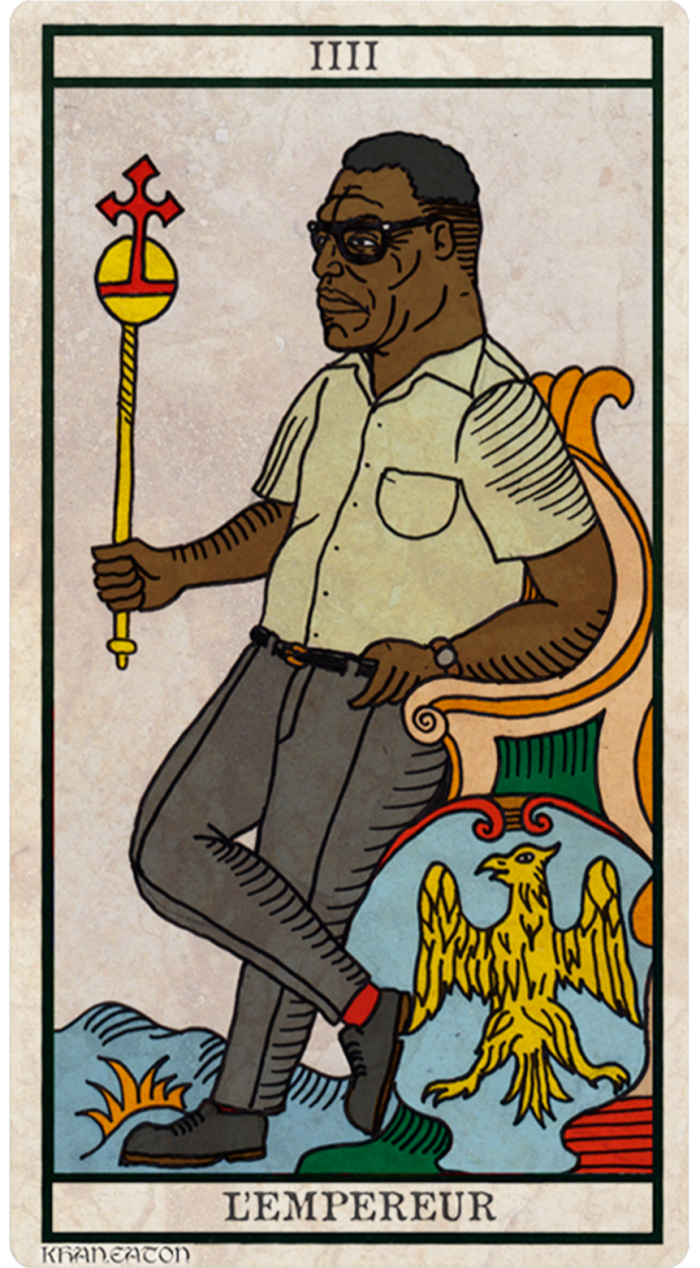
For most tarot-curious, the first port of call is the Rider-Waite deck – an all-time bestseller that remains US Games Systems’ most popular pack. First issued in 1910, the cards were created by poet and mystic AE Waite with illustrator Pamela Colman Smith, who met at a meeting of the Hermetic Order of the Golden Dawn – a secret society devoted to the study and practice of the occult, metaphysics and paranormal activities. But the first tarot decks date back to the mid-15th century, when they were used as playing cards. The Visconti-Sforza decks – commissioned by Filippo Maria Visconti, Duke of Milan, and hand-painted by Renaissance artist Bonifacio Bembo – are the world’s oldest surviving tarot cards.
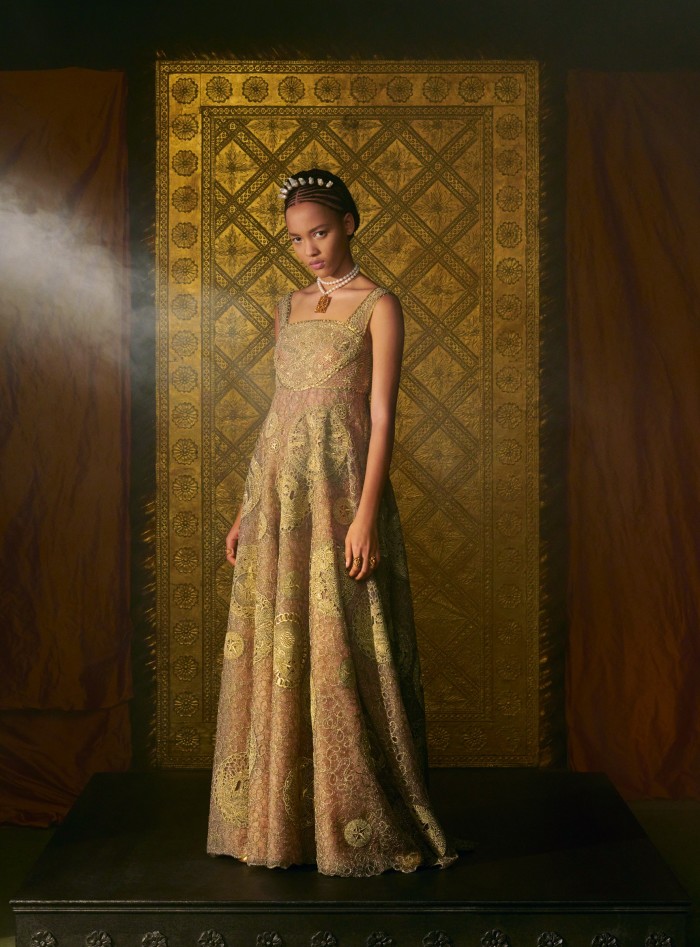
The Visconti-Sforza imagery inspired Chiuri’s most recent haute-couture confections. But Dior’s 2018 resort cruise collection incorporated iconography from a very different deck – the feminist Motherpeace set (£27) created by Karen Vogel and Vicki Noble in California in the late ’70s. “When I started doing tarot readings, I worked with the Waite deck, but I kept coming up against patriarchal meanings,” recalls Noble of the origins of Motherpeace. Instead, the duo began to envision the 78 cards in “a more shamanic, matriarchal, goddess worldview”. The results – a joyful, circular-shaped deck whose imagery Chiuri embroidered on gauzy dresses, cinched in jackets and over classic Dior handbags – were “a total breakout”, adds Noble. “When Karen and I made these cards in the 1970s, no one was doing anything like this.”
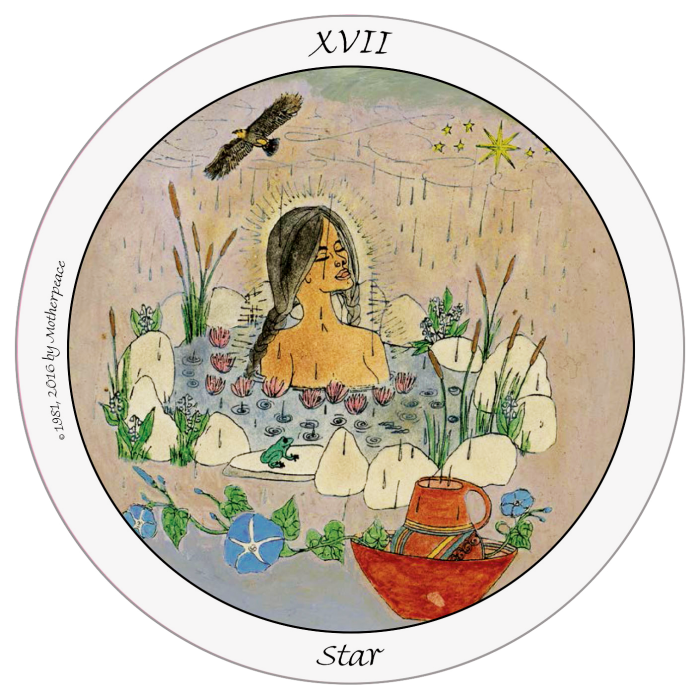
Projects by other creatives who put their own stamp on the tarot are finding new audiences. Curator Tere Arcq recently rediscovered a set of 22 cards created in the 1950s by surrealist painter and writer Leonora Carrington; they are now the subject of a new book by Fulgur Press and a newly printed set of cards (£30). MoMa PS1 in New York is currently showing the work of American-French artist Niki de Saint Phalle, who in 1979 began work on Tarot Garden, a series of 22 monumental outdoor sculptures that reimagine the cards as vibrant 3D forms. And Taschen recently released a tarot deck by Salvador Dalí (£50), who began creating his own version in the 1970s (for the occult-themed James Bond film Live and Let Die).
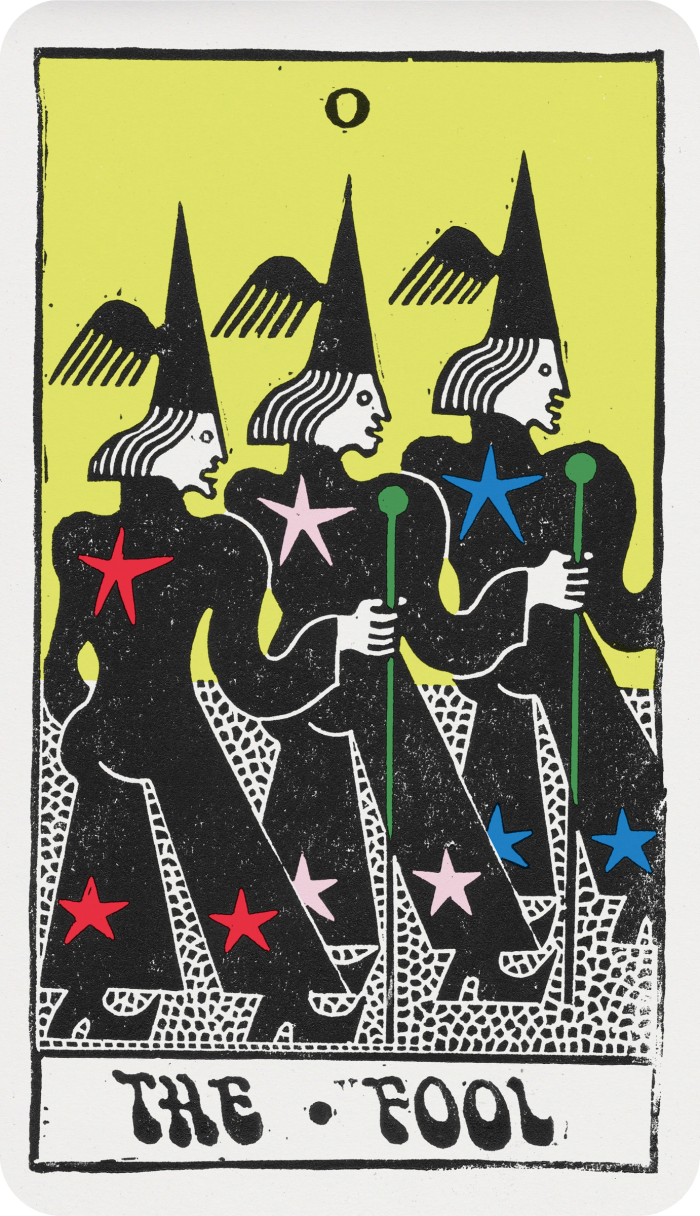
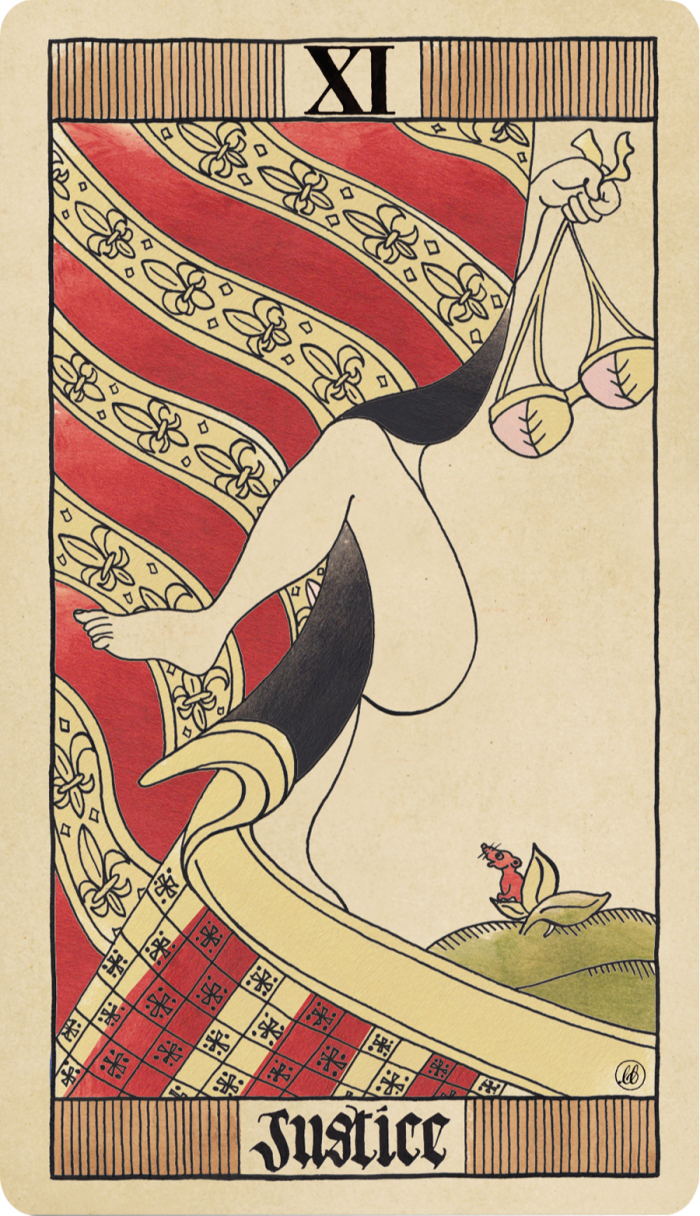
Modern interpretations are also flourishing – from the punk-influenced Autonomic tarot produced by illustrator Sophy Hollington and author David Keenan (£20), to the Black Power Tarot created by musician King Khan and Belfast-based designer Michael Eaton ($100). This influx of new, artist-made tarot decks is being documented by MIT (Massachusetts Institute of Technology) Libraries in a collection of more than 400 examples. Four particularly beautiful hand-drawn decks are by Michigan-based design studio Uusi. “They are the perfect combination of art, design, history and craft,” says co-founder Linnea Gits of the designs, which range from Eros ($75), a “burlesque take on the 18th-century Tarot de Marseilles”, to Materia Prima ($60), inspired by the periodic table. “And they hold all of our truths.”

Comments